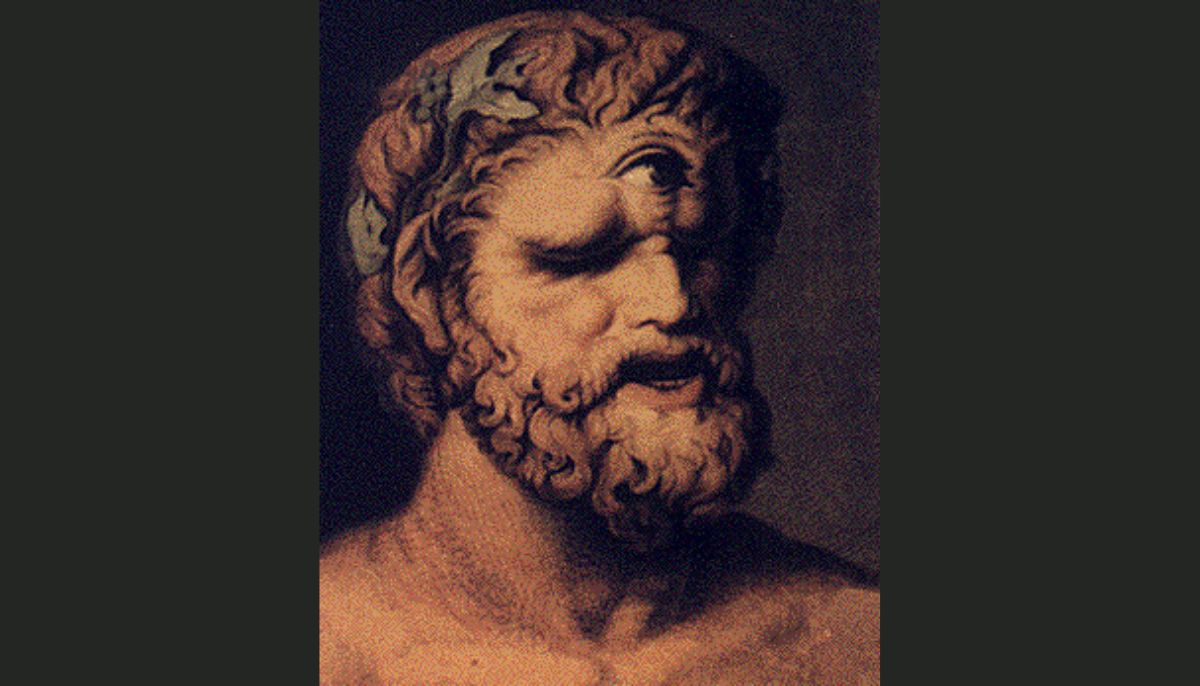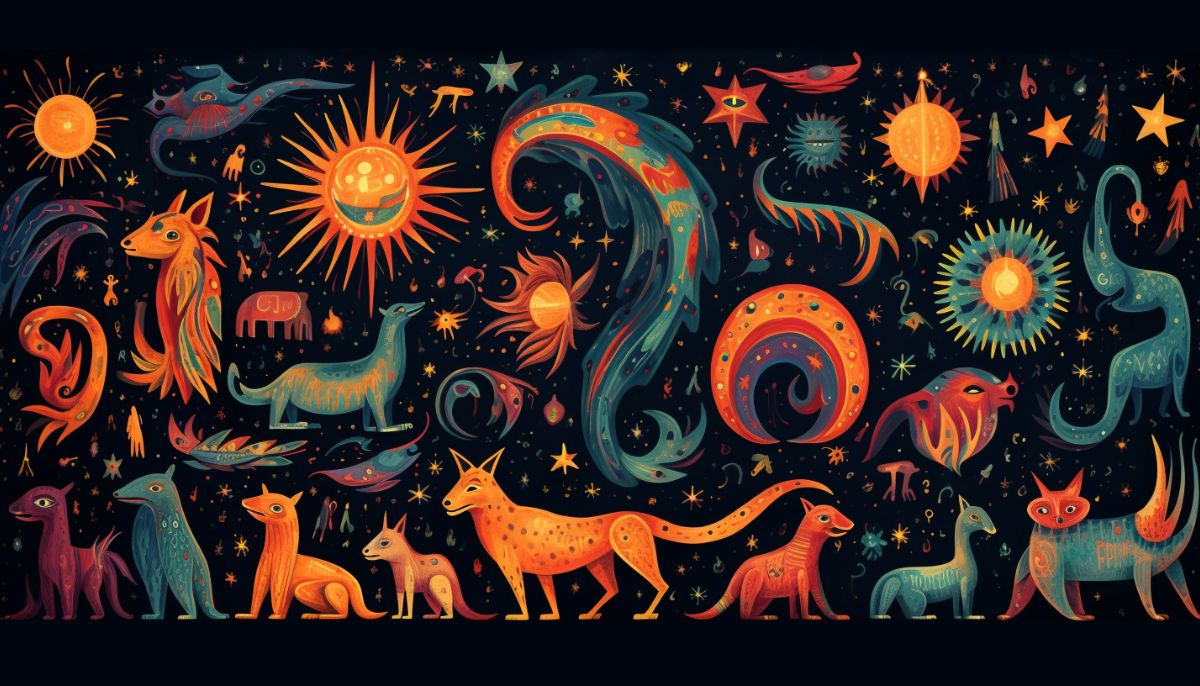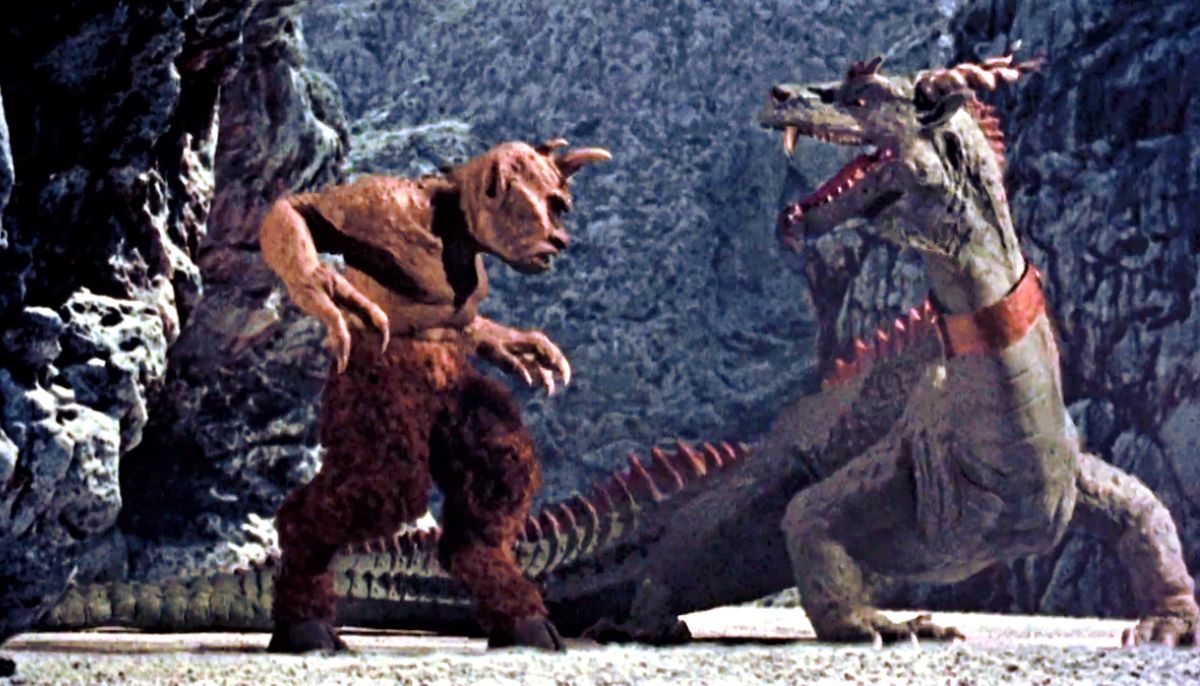Greek mythology is replete with a vast array of fascinating creatures, each with their own unique attributes and stories. The Cyclopes stand out for their distinctive appearance and significant roles in ancient Greek narratives.
These one-eyed giants have left an indelible mark on the tapestry of Greek mythology, featuring in tales that span from the forging of mighty weapons to encounters with legendary heroes. Delving into their origin, symbolism, and varied roles, this article unravels the multifaceted nature of the Cyclopes in Greek mythology.
What does Cyclops look like in Greek mythology?
In Greek mythology, the Cyclopes were legendary beings known for their distinct and awe-inspiring appearance. These creatures were described as towering giants with a single, large eye in the center of their foreheads. This singular eye was believed to possess extraordinary powers of perception, granting the Cyclopes an almost supernatural ability to see and comprehend their surroundings.
Their formidable stature, coupled with their unique ocular feature, rendered them both fearsome and captivating figures in ancient Greek lore. Often depicted as possessing great strength and a rugged, primal appearance.
The Cyclopes were renowned for their role in various mythological narratives, including their association with the forging of Zeus’ thunderbolt and encounters with famous heroes like Odysseus. Their iconic appearance has solidified their status as enduring symbols within the intricate tapestry of Greek mythology.
Famous cyclops in Greek history
Cyclopes, the one-eyed giants of Greek mythology, occupy a significant place in the rich tapestry of ancient lore. Revered for their colossal stature and unique ocular configuration, they have left an indelible mark on the annals of Greek myth.
Among the notable mentions of these enigmatic beings, the works of Hesiod and Homer stand as pillars of ancient literature, shedding light on different facets of Cyclopean existence.
Hesiod and the three Cyclops
In the Theogony, Hesiod introduces us to three prominent Cyclopes: Brontes, Steropes, and Arges, distinguished by their singular eye in the center of their foreheads.
Born of Uranus and Gaia, they played a pivotal role in forging Zeus’ thunderbolt, a significant element in the Greek succession myth.
These thunderbolt makers showcased unparalleled craftsmanship, emphasizing their extraordinary size and strength, as exemplified in the works of Spartan poet Tyrtaeus.
- Interested in Hesoid? He played an important role in developing our understanding of the chronology of Greek Mythology
Homers Polyphemus – the most famous cyclops in Greek mythology

Homer’s rendition of the Cyclopes, particularly the encounter with Polyphemus in the Odyssey, offers a distinct portrayal.
Polyphemus, the son of Poseidon, emerges as a savage one-eyed giant dwelling in a distant land with his fellow uncivilized Cyclopes.
In contrast to Hesiod’s skilled craftsmen, Homer’s Cyclopes led a primitive existence, devoid of agricultural knowledge or societal structure. Their inhospitable nature and solitary lives mark them as a stark departure from Hesiod’s Cyclopes.
Euripides and Virgil’s Depictions
Euripides’ satyr play, “Cyclops,” echoes Homer’s portrayal, depicting the Cyclops as savage shepherds, inhospitable to strangers and dwelling in caves.
He identifies them as Poseidon’s one-eyed progeny, emphasizing their uncultured nature. Similarly, Virgil situates the Cyclopes, including Polyphemus, near Mount Etna in Sicily, aligning them with Hesiod’s Cyclopes.
This interplay of various Cyclopean narratives showcases the multifaceted nature of these intriguing creatures in Greek mythology.
Cyclopean Wall Builders: Master Craftsmen of Antiquity
The Cyclopes, known for their colossal strength, were also revered as master architects, credited with constructing the renowned ‘Cyclopean’ walls found in Mycenae, Tiryns, and Argos. These walls, characterized by massive stones, stood as a testament to the Cyclopes’ extraordinary craftsmanship and skill.
In antiquity, references to these builder Cyclopes date back to the fifth century BC. They were intricately woven into various myths, including Heracles’ legendary journey. The hero passed through the “Cyclopean portal” of King Eurystheus in Tiryns while driving the cattle of Geryon. Pherecydes even suggested that Perseus enlisted these Cyclopes to build the walls of Mycenae.
An intriguing epithet associated with these Cyclopean wall-builders is “Cheirogastores” or “Encheirogastores”. This term, likely originating from the works of comic poet Nicophon, characterizes individuals who sustain themselves through manual labor. It vividly portrays these Cyclopes as diligent workers in creating these monumental walls.
Ancient accounts also attribute technological innovations to the Cyclopes. According to Aristotle, they were credited with inventing masonry towers. In his Natural History, Pliny the Elder suggests their involvement in working with metals like iron and bronze.
Cyclops symbolism
With their distinctive single eye and formidable stature, Cyclopes embody various themes and tropes in Greek mythology. They are often emblematic of primal strength and craftsmanship, showcasing their dual nature as both fearsome creatures and master builders. This duality mirrors the broader Greek mythological landscape, where beings often straddle the line between monstrous and divine.
Like other mythic creatures, such as the Chimera and Centaurs, Cyclopes are a testament to the blurred boundaries between gods, monsters, and humans. Their notable craftsmanship, evident in the construction of Cyclopean walls, ties them to themes of architecture and technology, showcasing their contribution to the advancement of ancient civilizations.
Furthermore, the Cyclopes’ association with metallurgy, particularly their involvement in crafting weaponry for gods like Zeus and Poseidon, underscores their role as facilitators of divine power. This parallels with other legendary figures in Greek mythology, like Hephaestus, the god of the forge, highlighting a common motif of skilled artisans shaping the destiny of gods and mortals alike.
In conclusion, the Cyclopes are multifaceted figures in Greek mythology, embodying strength, craftsmanship, and a blurred line between the divine and monstrous.
Their legacy, manifested in monumental walls and legendary artifacts, continues to be a testament to their enduring influence on the cultural tapestry of ancient Greece.
The tales of the Cyclopes serve as a reminder of the intricate interplay between gods, humans, and mythical creatures, leaving an indelible mark on the rich narrative tradition of Greek mythology.
Want to know more about the creatures and monsters of Greek Mythology?

Explore more articles like this in our broader series on Greek monsters. To delve even deeper into the world of mythical creatures, be sure to check out our comprehensive hub article on the monsters of Greek mythology.






